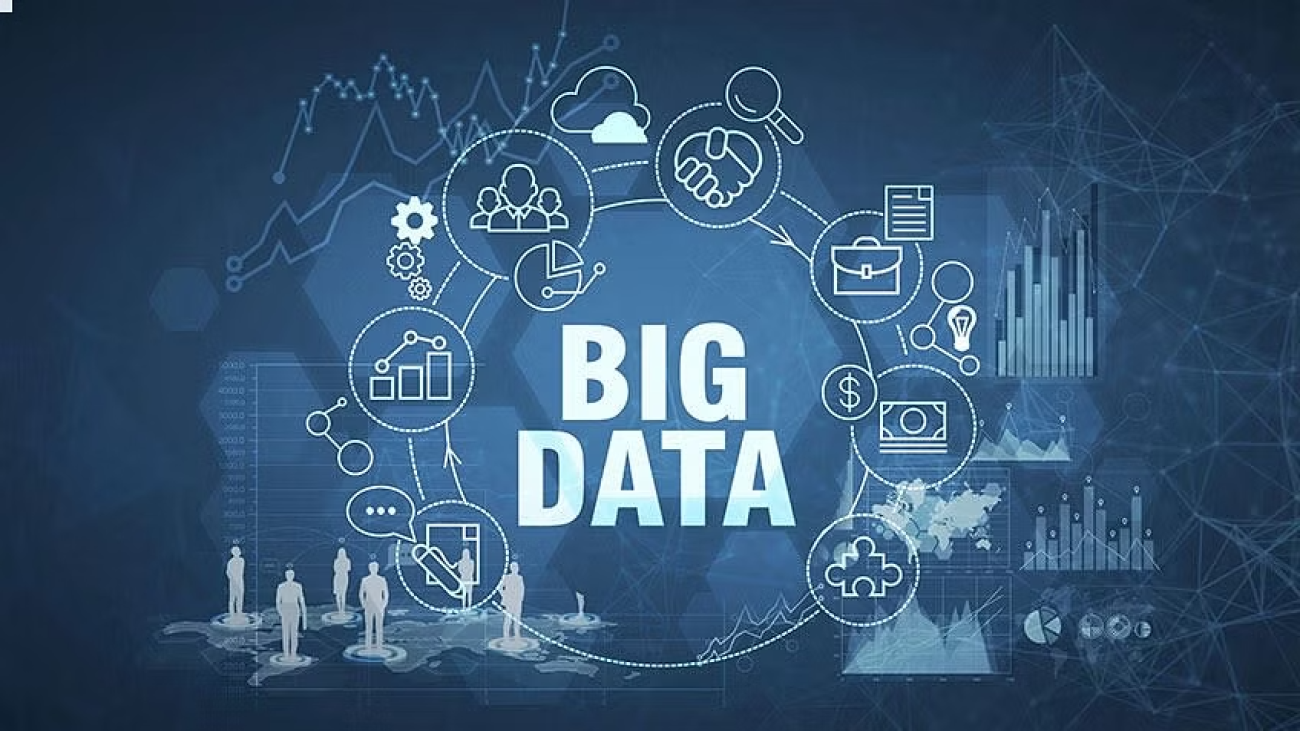Artificial intelligence (AI) has come a long way since its inception in the 1950s. While early AI research focused on trying to create intelligent machines, today’s AI has evolved significantly, with the goal of creating intelligent systems that can learn, adapt, and perform tasks without being explicitly programmed.
The future of AI looks bright, with many experts predicting that it will revolutionize almost every aspect of society, from transportation and healthcare to education and employment. Here are just a few of the ways that AI could impact society in the coming years:
Transportation: Self-driving cars, drones, and other autonomous vehicles are already being tested on roads and in the air, and it’s likely that they will become more common in the near future. AI could also be used to optimize transportation networks, reducing traffic congestion and improving the efficiency of public transportation.
Healthcare: AI could be used to analyze medical data and help doctors make more accurate diagnoses, as well as to identify patterns that may indicate a person is at risk for a particular disease. In addition, AI could be used to monitor patients remotely, allowing healthcare professionals to provide care to people in rural or remote areas.
Education: AI could be used to personalize learning experiences and help students learn at their own pace. For example, AI-powered tutoring systems could provide customized lesson plans and feedback based on a student’s strengths and weaknesses.
Employment: While some jobs may be replaced by AI, others will be created as a result of the technology. For example, AI could be used to automate certain tasks, freeing up workers to focus on more complex and creative tasks. However, it’s important that individuals have the necessary skills to adapt to these changes and take advantage of new job opportunities.
Entertainment: AI could be used to create more realistic virtual reality experiences and to power personalized content recommendations, such as music and movie recommendations.
While the potential benefits of AI are clear, there are also potential risks that need to be considered. One concern is the possibility of AI being used for malicious purposes, such as cyber attacks or the spread of false information. In addition, there are concerns about the potential for AI to perpetuate and amplify existing biases, as well as to facilitate mass surveillance.
To address these concerns, it will be important for governments, businesses, and individuals to work together to develop ethical guidelines and regulations for the use of AI. It will also be important to ensure that AI is developed and used in a way that benefits the greatest number of people and does not disproportionately benefit certain groups over others.
Overall, the future of AI looks promising, with the potential to revolutionize many aspects of society and improve people’s lives in countless ways. However, it’s important to carefully consider the potential risks and to ensure that AI is developed and used ethically. By doing so, we can create a future where AI is a positive force for good in the world.




